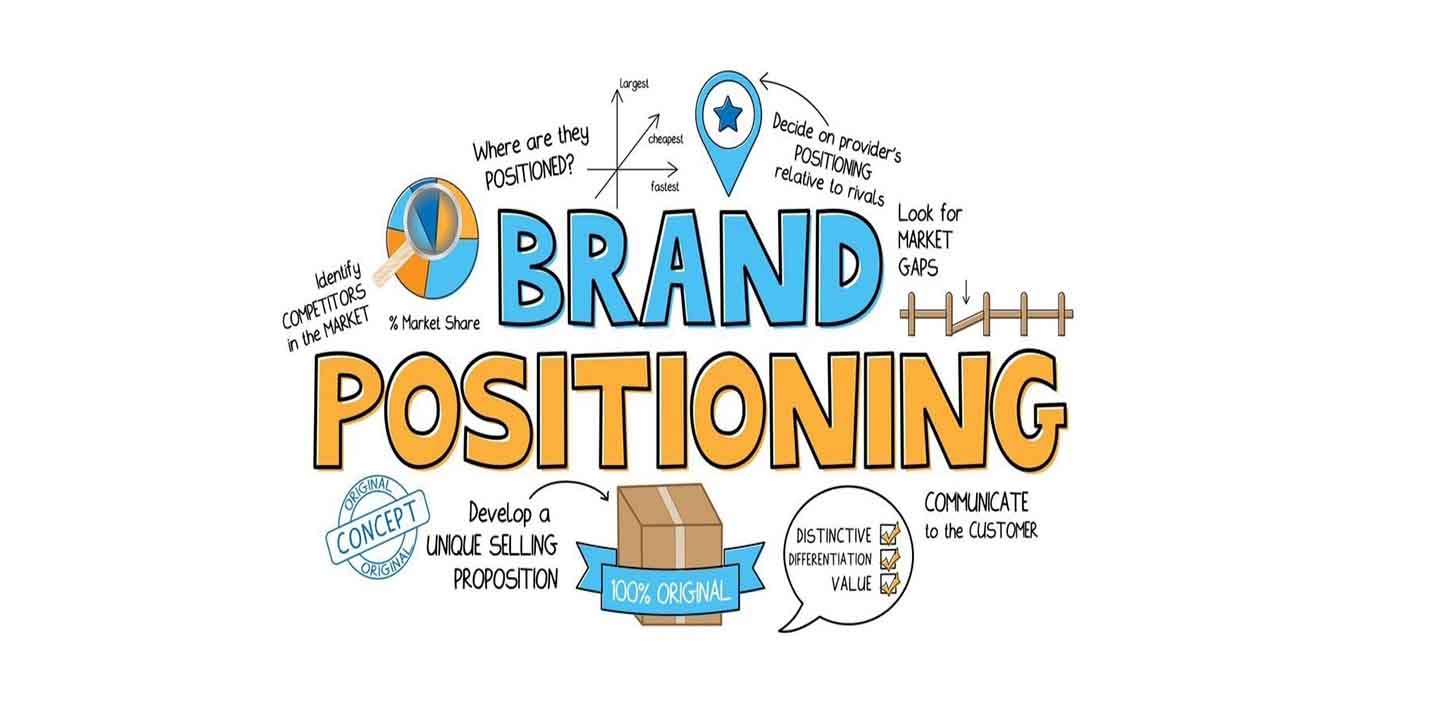TYPE
Fundamentals for crafting brand position
Competitors may not just be the products and/or brands that fall in the same product class or with which compete directly,
Positioning refers to:
- The place a brand occupies in the minds of its target audience.
- How it is distinguished from the products of the competitors.
In general terms, there can be 4 broad types of positioning:
- Functional: Resolve problems and provide benefits to customers
- Symbolic: Addresses self-image enhancement, belongingness, and social meaningfulness
- Experiential: Provides sensory and cognitive stimulation.
- Economical: Provide cost benefits
Crafting the brand positioningThe most widely used approach for crafting a brand position is - STP approach.
Brand Positioning Process:
Stage # 1. Competitor Identification:Competitors may not just be the products and/or brands that fall in the same product class or with which compete directly, all likely competitors must be considered (direct, indirect & broad competitors).To know more read the previous blog on Competitive Mapping
Stage # 2. Determining how Competitors are Perceived and Evaluated:Once competitive mapping is done, determine how they are perceived by the consumers. Which attributes are important to consumers in evaluating a product and/or brand?
Stage # 3. Determining the Competitor’s Position:Having determined the relevant attributes and the importance scale of the attributes to the target audience, determine how each competitor is positioned with respect to each attribute identified.This will also show competitors’ positioning relative to each other. For this Perceptual mapping is used.Read the previous blog to know more on Perceptual Mapping.
Stage # 4. Analysing Customer’s Preferences: (S of STP)Segmentation (as in STP approach) distinguishes the groups of consumers based on lifestyles, purchase motivations, demographics and so on.Each segment may have different purchase motivations and different attribute importance ratings.
Stage # 5. Choosing the Primary Target Audience: (T of STP)Based on market segmentation, the choice of primary target audience is derived.
The factors to consider here are:
- Size of the target market
- Gap in need fulfilment
- No competitor’s targeting that segment with the similar USP
Stage # 6. Crafting the Positioning: (P of STP)The five steps above enable to identify the gap in the market and the value proposition for the target audience. This information enables the positioning decision making.Such a decision is not always clear and well defined and requires subjective judgment.However, conducting research provides structured inputs enabling decision making.
Is it over???
Positioning does not end by the brand making a positioning decision, the same needs to be imprinted in the minds of the target audience. Only when the target audience accepts and associate brand/product to the position is the purpose achieved.This can be achieved by maintain the position across customer touch points, the 4 p’s
- Product
- Price
- Place
- Promotion
ConclusionPositioning is one of the most powerful marketing concepts. Businesses must choose the position wisely, differentiating from the competitors yet staying relevant to the consumer preferences. Once a brand has achieved a strong position:
- It can become difficult to reposition.
- It becomes difficult for competitors to build that same position.
This could create a lasting and hard to replace position in the market giving a competitive edge over the competitors.
Used Cases in the automobile industry:
- Positioning based on product characteristics:
- Toyota’s position in the market is reliability.
- Volvo’s position is safety.
- BMW owns driving.
- Positioning based on price:
- Nano is positioned as the cheapest (most reasonable) car.
- While no brand owns the most expensive or overpriced car because the position may not attract the customers. Rather the expensive cars position themselves differently – luxury, prestige; attribute that attract the customers regardless of the price. Often these brands do not communicate their price point.
- Positioning based on quality or luxury:
- Rolls Royce car, the epitome of luxury
Mahindra & Mahindra in 2011 had decided to use 'Rise' as the brand position, and allocated Rs 120 crore towards promoting the new initiative."For Mahindra, 'Rise' means achieving world class standards in everything we do, setting new benchmarks of excellence and conquering tough global markets," M&M
Vice- Chairman and Managing Director Anand Mahindra said in a statement. (Using the indigenous/prestige approach to brand positioning as globally competitive product)
"We strongly believe that the Mahindra brand epitomises what our customers want -- a company that empowers them to 'Rise'," he added. (Using the desire/ prestige approach to brand positioning)

 SUBSCRIBE
SUBSCRIBE
